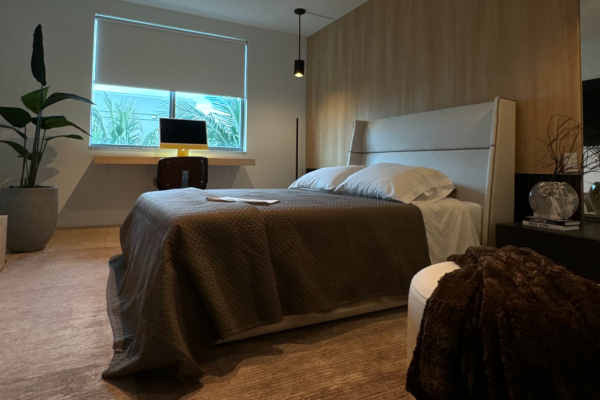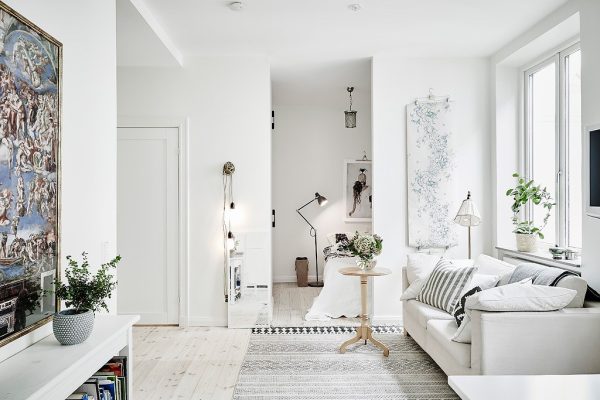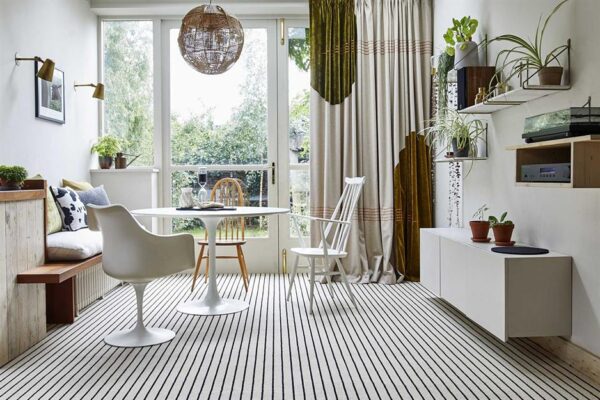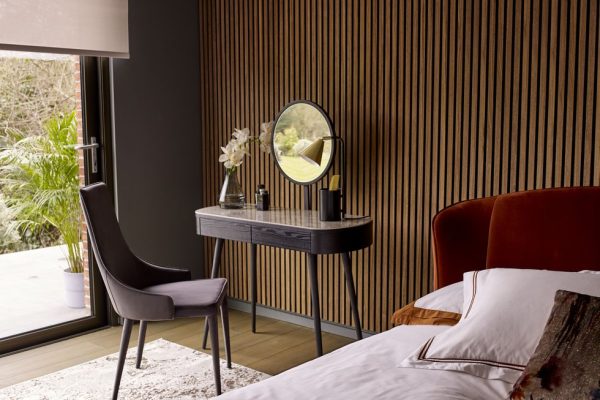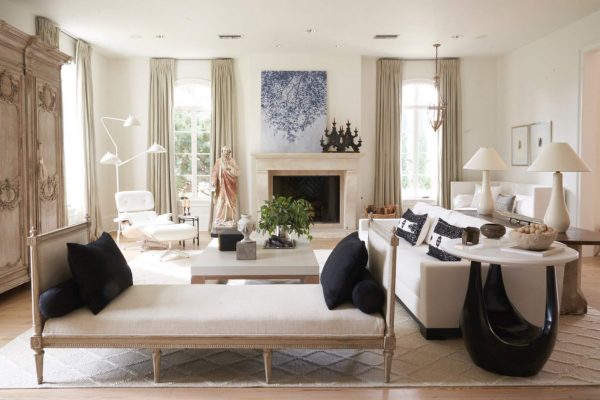
Home is not just a place; it’s an experience. Residential interior design goes beyond arranging furniture and picking colors – it’s about creating a haven that reflects the unique personality and lifestyle of its inhabitants. In this blog, we’ll explore the fascinating world of residential interior design, where comfort meets creativity, and every corner tells a story.
1. Personalized Spaces: A Symphony of Individuality
Residential interior design is a canvas where personal stories unfold. Each home is a unique reflection of its occupants. Designers weave together the tastes, preferences, and memories of the homeowners to craft spaces that are not only visually appealing but deeply personal.
2. Functionality as a Foundation
While aesthetics play a pivotal role, functionality is the backbone of residential interior design. Every element, from furniture arrangement to storage solutions, is meticulously planned to enhance the daily lives of the residents. It’s about creating spaces that work seamlessly for the way people live.
3. The Power of Color and Texture
Colors and textures breathe life into a home. Residential designers skillfully play with palettes, incorporating soothing hues for bedrooms, vibrant accents for living spaces, and textures that invite touch. The result is an environment that stimulates the senses and evokes emotions.
4. Seamless Flow Between Spaces
Residential interiors should feel like a cohesive story. Designers focus on creating a natural flow between rooms, ensuring that the transition from one space to another is smooth and harmonious. This not only enhances functionality but also contributes to the overall aesthetic appeal.
5. The Heart of the Home: Kitchen Design
The kitchen is often considered the heart of the home, and residential interior designers pay special attention to this space. They balance aesthetics with practicality, creating kitchens that are not only beautiful but also efficient workspaces for cooking and gathering.
6. Tranquil Retreats: Designing Bedrooms for Serenity
Bedrooms are more than just sleeping quarters; they are sanctuaries for relaxation. Residential interior designers curate bedrooms that prioritize comfort, incorporating soft bedding, ambient lighting, and a soothing color palette to create tranquil retreats for rejuvenation.
7. Playful and Functional: Designing for Children
Designing spaces for the youngest members of the household requires a unique approach. Residential designers create playful and imaginative environments that foster creativity and learning while ensuring safety and functionality.
8. Outdoor Oasis: Extending Design to Outdoor Spaces
Residential interior design isn’t confined to indoor spaces. Designers often extend their expertise to outdoor areas, creating cozy patios, lush gardens, and inviting landscapes that seamlessly integrate with the overall design of the home.
Conclusion
Residential interior design is a dynamic art form that blends creativity with functionality to transform houses into homes. It’s about more than just selecting furniture and colors; it’s about understanding the unique stories and needs of the inhabitants and translating them into spaces that are not only beautiful but deeply personal and inviting. In the realm of residential interior design, every home becomes a canvas, and every design decision is a brushstroke that contributes to the masterpiece of comfort and style.
